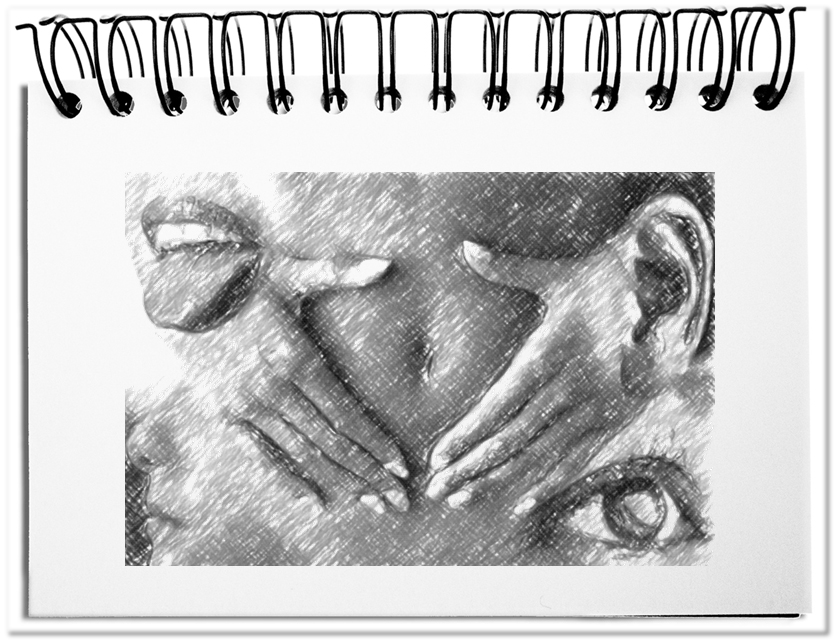Our sensory perception takes place in each individual mind. Nevertheless, we all have apparently similar impressions. Enterprises make efforts for their advantage, in order to protect these fundamental feelings. The core worth protection aspect is the design that is originally developed by the enterprises – the font, the logo, the product, the packaging. However, the consumer world nowadays is more defined by the brand management than by differences in the quality of the products. For this reason the price is calculated with the manufacturing costs plus the brand value. Do colors of the standardized color palettes now become also worth of protecting? Are natural sounds worth a license? Can anybody protect our gestures and our haptics? Is the smell of a perfume worth of protecting? Can the taste of an apple be covered by a use license? In the course of the economization of all areas of everyday life, perhaps we are close to the next stage – a flat rate for the sensory world.
Originally the trademark protection was limited to the original products. Step-by-step enterprises aim with patents and the brand protection for also protecting parts of our sense world.
- With open eyes
The actual image that is created by an image designer, is already protected since a long time. In the mean time similar images are already a breach of the rights of an author. Even colors of the natural spectrum are treated as property of an enterprise – examples are Milka purple, Aral blue or Tele magenta of Telekom. - With open ears
The original recording of a sound painter is already protected. In case of music, even the concept of a piece of music, the composition, is protected until 70 years after the death of the composer. How long will it take to license not only the original recordings, but also general sounds – the cry of any bird or the well-known noise of the sea? A good example is the heart beat at the end of an Audi advertisement „Duk du k “or the tone of the German Telekom „Da Da Da Dee Da “. - With conscious touch
The original object with its surface and its material and the associated program code are protected. However, as soon as we get similar stimuli, the law cases begin. If Apple tries to protect its sliding gesture for unlocking the smartphone. Or Verizon would like to forbid a touch screen Haptics to others. Will the feeling of natural surfaces, like leathers, wood or the skin of a horse, become trademarked? - With critical tongue
The genuine recipe of food or beverage is already protected. But as soon as someone is able to release similar stimuli, the question arises, whether this is permitted. In the end, we will ask ourselves, whether the taste of an apple can be protected. - With sensitive nose
The mixture that produces a certain smell, results from the proportion and the quality of the individual components. Such elements may be used today only after appropriate licensing. Let us however imagine someone is able to create the same effect as of Chanel No.5 with completely different ingredients. And what about the many natural scents – the smell of lemons, roses, flowers or hay? Are these worth a protection?
As long as nobody appeals, the enterprises can slowly occupy these areas of our perception in order to own and to demand fees for their perception any time in the future. With water, we already have this problem. The exploitation of water at the upper flows of the rivers leads already to crises in the further course of the river. This could lead one day also to the fact that the air that we breathe or a sunrise has to be paid.
Bottom line: The economization of more and more areas of everyday life limits the common. This development could only be stopped at an early stage. Perhaps now is the moment to resist a flat rate for our sensory world.

